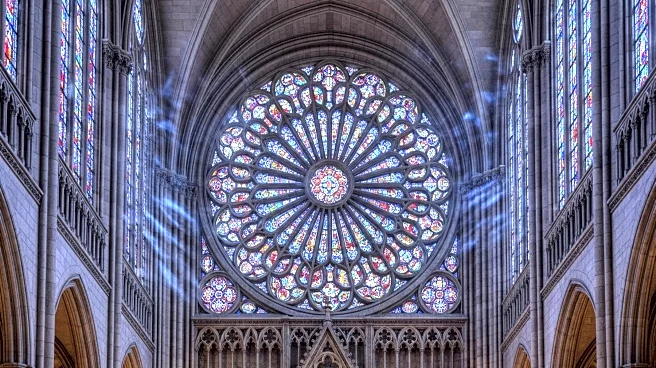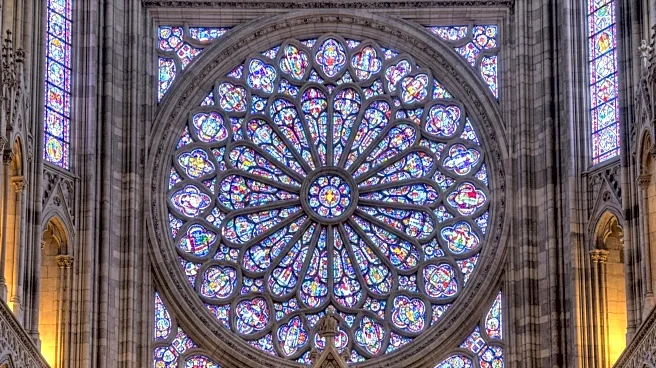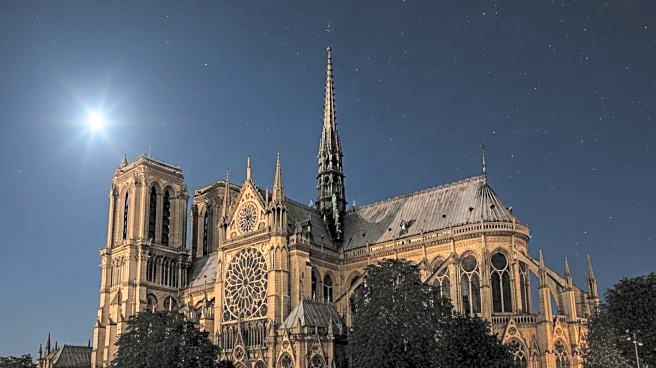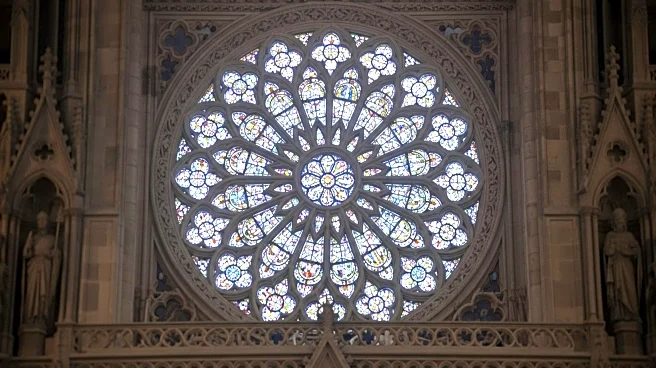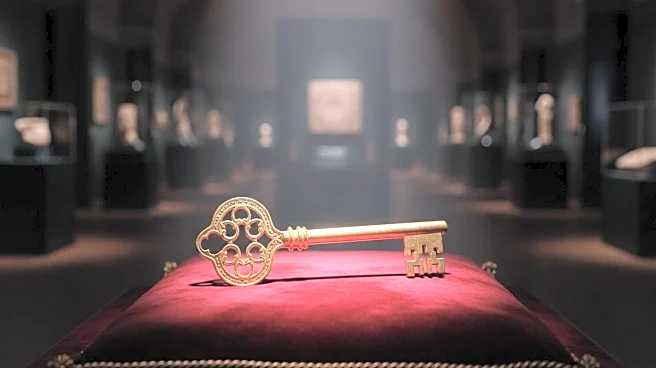Notre Dame Cathedral, a symbol of French Gothic architecture, has exerted significant influence on both architectural design and cultural heritage. Its pioneering innovations, historical events, and cultural impact have shaped the way we perceive Gothic architecture and its role in society.
Intellectual and Cultural Influence
Notre Dame Cathedral's intellectual and cultural influence is evident in its architectural innovations, such as the rib vault and flying buttress. These elements set a new standard for cathedral construction and influenced the design of many subsequent Gothic structures. The cathedral's role in inspiring works like Victor Hugo's "Notre-Dame de Paris" further underscores its cultural impact.
Policy or Industry Effects
The architectural innovations introduced by Notre Dame Cathedral have had lasting effects on the construction industry, particularly in the realm of Gothic architecture. Its pioneering use of structural elements like the rib vault and flying buttress has influenced the design and construction of countless buildings worldwide, setting a precedent for architectural excellence.
Global vs. U.S. Reach
Notre Dame Cathedral's influence extends beyond France, impacting global architectural trends and cultural heritage. For U.S. audiences, the cathedral represents a connection to European history and culture, influencing American Gothic-style buildings and permeating cultural consciousness through literature and art.
Critiques and Debates
Critiques and debates surrounding Notre Dame Cathedral often focus on its restoration efforts, particularly those led by architect Eugène Viollet-le-Duc in the 19th century. While some praise the incorporation of new elements and motifs, others argue that these changes detract from the cathedral's historical authenticity. The ongoing restoration following the 2019 fire continues to spark discussions about preserving cultural heritage while embracing modern safety standards.
 Discover Daily • 8 min read
Discover Daily • 8 min read 